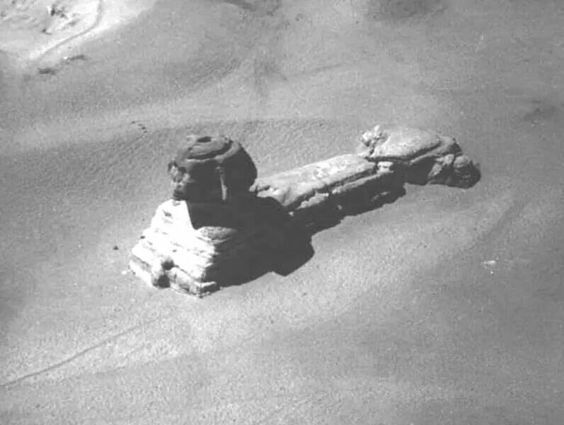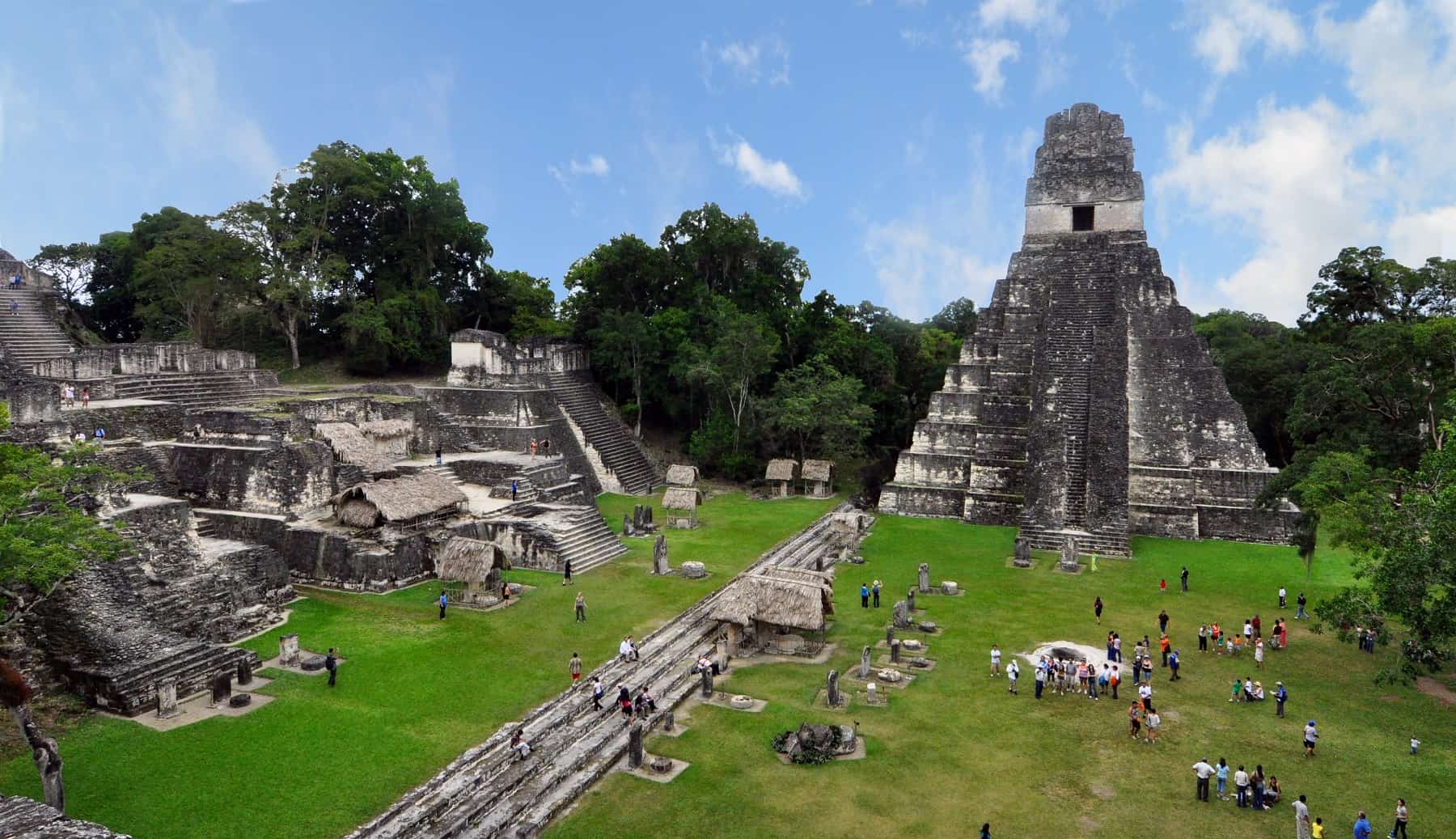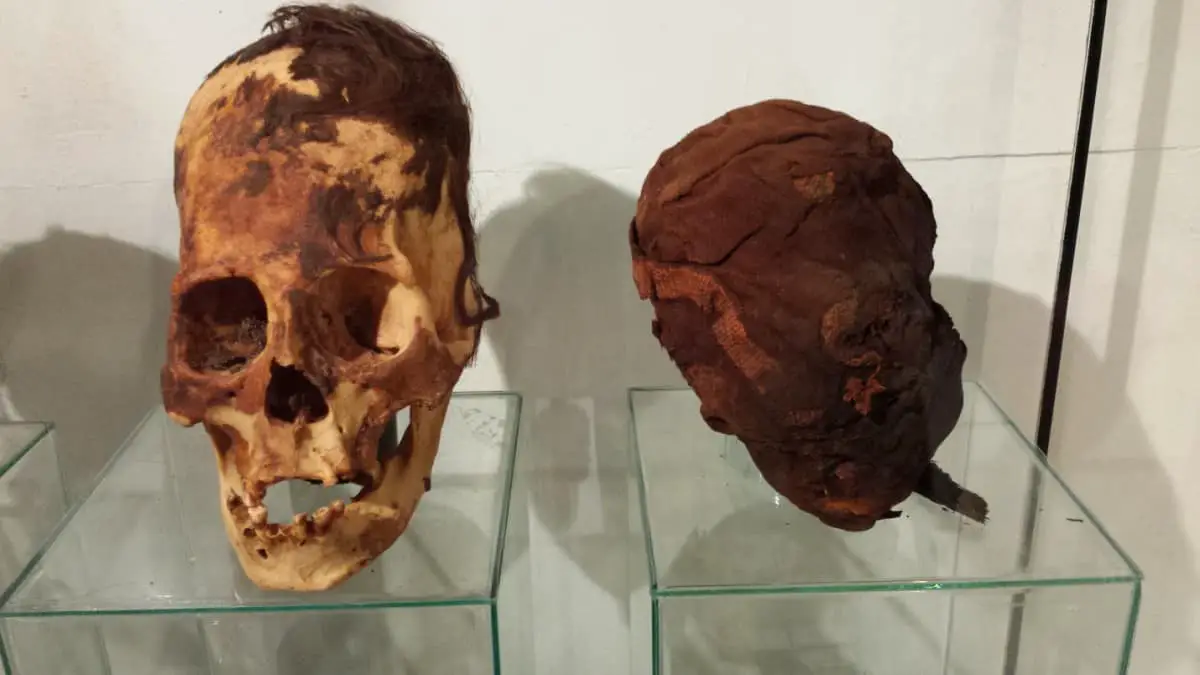
YouTube Video Here: https://www.youtube.com/embed/1qW256pUdYg?feature=oembed&enablejsapi=1
Bigfoot may or may not be real, but there is a living relative of the giant ape thought to be Bigfoot already living among us known as the orangutan, according to scientists who studied the ape’s genetic code.
There have been countless Bigfoot sightings for hundreds of years, and the mystery of Bigfoot continues to be popular around the world today as scientists remain puzzled about just exactly what kind of creature people are seeing out in the wilderness.
One likely explanation is that people are misidentifying living animals such as bears, which also walk upright, like Bigfoot. Bears are also hairy and can have black, brown and reddish fur.
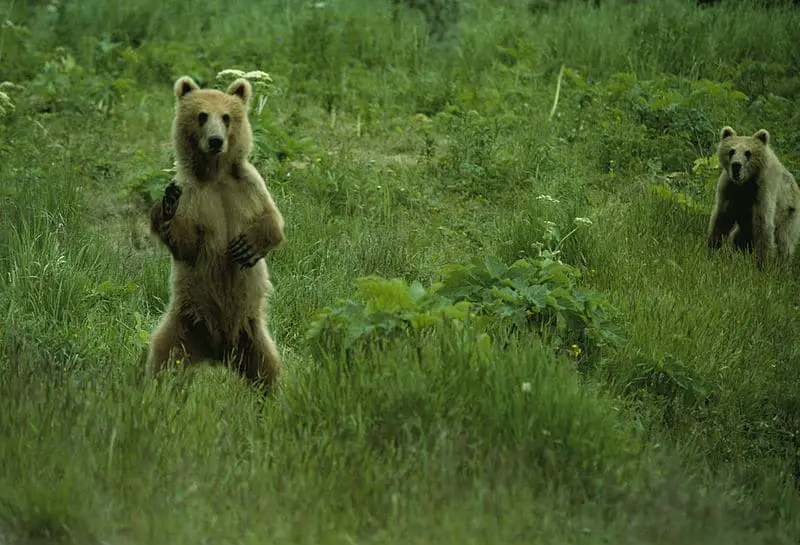
Another explanation is that Bigfoot is a hoax perpetrated by humans trying to fool the public for attention, which could explain videos such as the famous Patterson-Gimlin footage shot in 1967.
But one theory that has been offered by Bigfoot enthusiasts such as cryptozoologists is that Bigfoot is a missing link between humans and the great ape known as Gigantopithecus blacki.
Gigantopithecus roamed the Earth up to two million years ago and died out at least 100,000 years ago during the Pleistocene when climate change reduced the food supply the great ape needed to survive.
The problem is that Gigantopithecus lived in Asia, where all fossil remains such as teeth have been found. None have been found in North America, which one would expect if the creature had not crossed the Bering Strait land bridge connecting North America and Asia as cryptozoologists have suggested.
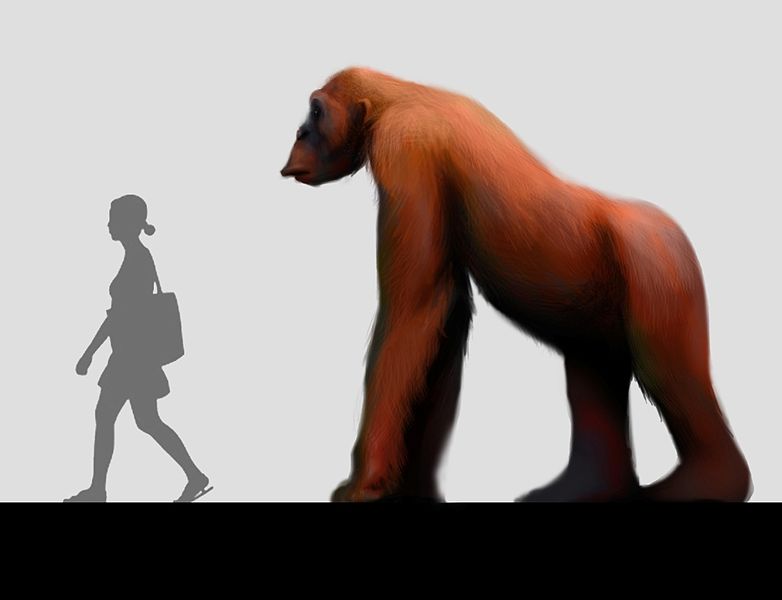
Of course, just because no Gigantopithecus remains have been found in North America, it does not mean there aren’t any out there waiting to be found, whether it be in the Pacific Northwest where most Bigfoot sightings occur, or elsewhere on the continent.
Related: North Carolina man captures Bigfoot on video, and two other recent sightings in the state
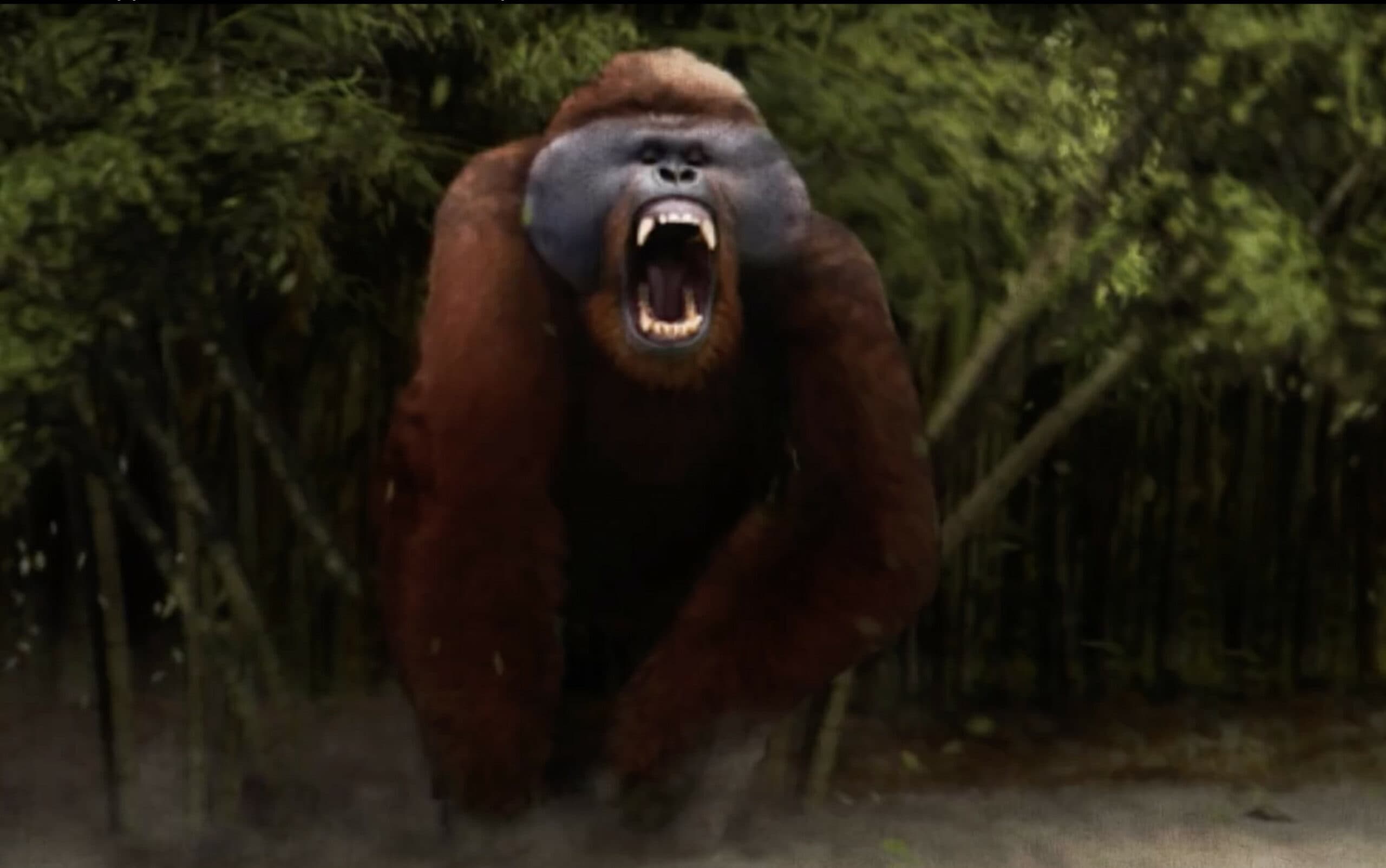
Regardless of whether Bigfoot is real or not, Gigantopithecus was a real great ape that did exist. And even if it did not migrate to North America and gave rise to a relic population of the species that is being put forward as Bigfoot today, it turns out that there is a living relative of the species that we can see today in zoos and in the wild.
Genetic studies have concluded that orangutans are a close relative of the Gigantopithecus. Gigantopithecus may have even looked similar to orangutans. However, another blow to the Gigantopithecus as Bigfoot theory is that the great ape moved more like gorillas, using all four limbs to walk in order to distribute its weight.
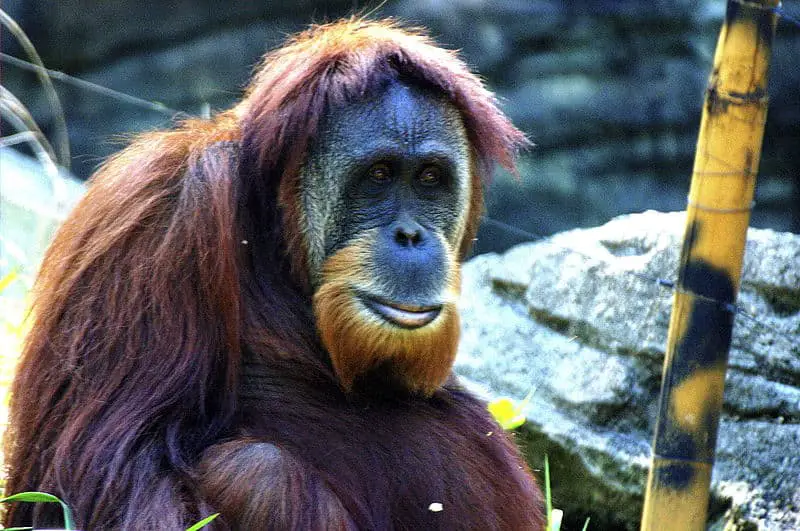
A 1.9-million-year-old tooth
We know this because scientists directly linked orangutans and Gigantopithecus genetically to a common ancestor after testing a 1.9 million-year-old Gigantopithecus molar found in China.
According to a study published by the journal Nature:
Hypotheses regarding the relationships between Gigantopithecus and extinct and extant hominids are wide ranging but difficult to substantiate because of its highly derived dentognathic morphology, the absence of cranial and post-cranial remains and the lack of independent molecular validation.
We retrieved dental enamel proteome sequences from a 1.9-million-year-old G. blacki molar found in Chuifeng Cave, China. The thermal age of these protein sequences is approximately five times greater than that of any previously published mammalian proteome or genome. We demonstrate that Gigantopithecus is a sister clade to orangutans (genus Pongo) with a common ancestor about 12–10 million years ago, implying that the divergence of Gigantopithecus from Pongo forms part of the Miocene radiation of great apes.
In addition, we hypothesize that the expression of alpha-2-HS-glycoprotein, which has not been previously observed in enamel proteomes, had a role in the biomineralization of the thick enamel crowns that characterize the large molars in Gigantopithecus.
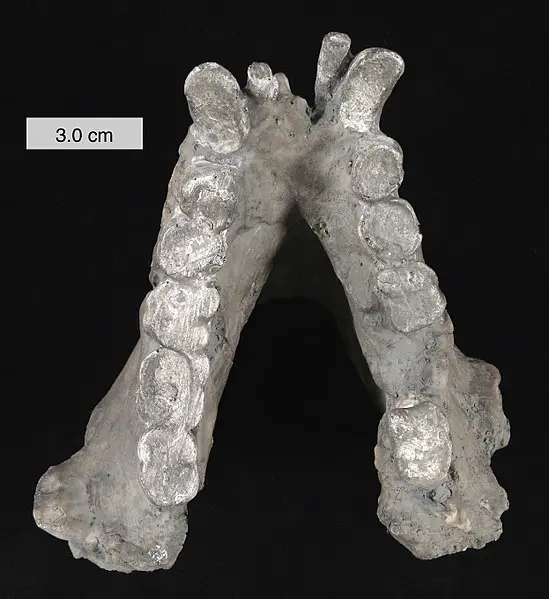
This extraordinary discovery is particularly interesting because it shows genetic material can be retrieved from remains this old, giving scientists hope that they can confirm human evolution further by finding more missing links. It’s the first time that genetic material has been extracted from remains this old from a fossil in the subtropics.
The survival of an Early Pleistocene dental enamel proteome in the subtropics further expands the scope of palaeoproteomic analysis into geographical areas and time periods previously considered incompatible with the preservation of substantial amounts of genetic information.
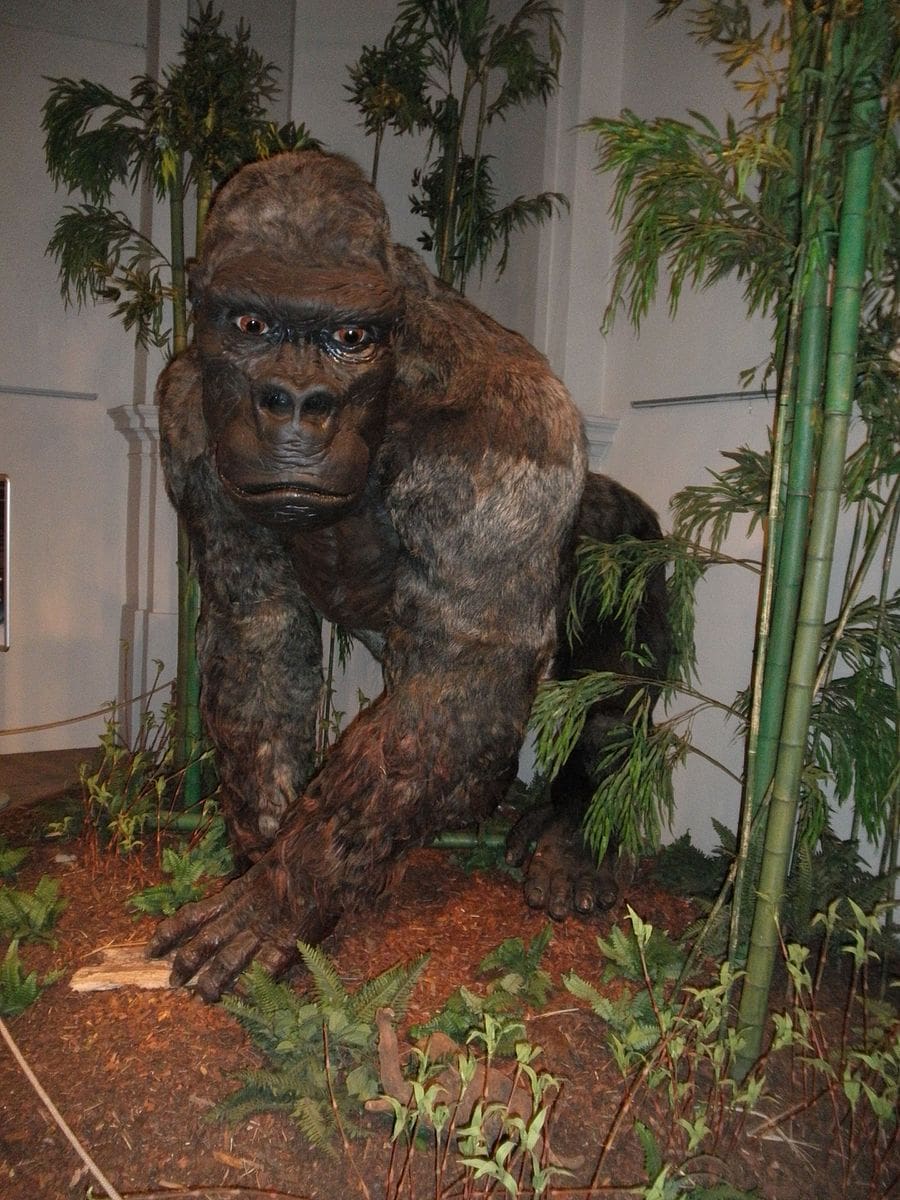
Ancient DNA analysis
Lead study author Frido Walker of the Globe Institute at the Faculty of Health and Medical Sciences expressed his own excitement at how the study can be applied to humans.
“Primates are relatively close to humans, evolutionary speaking, he said in a statement. “With this study, we show that we can use protein sequencing to retrieve ancient genetic information from primates living in subtropical areas even when the fossil is two million years old. Until now, it has only been possible to retrieve genetic information from up to 10,000-year-old fossils in warm, humid areas. This is interesting, because ancient remains of the supposed ancestors of our species, Homo sapiens, are also mainly found in subtropical areas, particularly for the early part of human evolution. This means that we can potentially retrieve similar information on the evolutionary line leading to humans.”
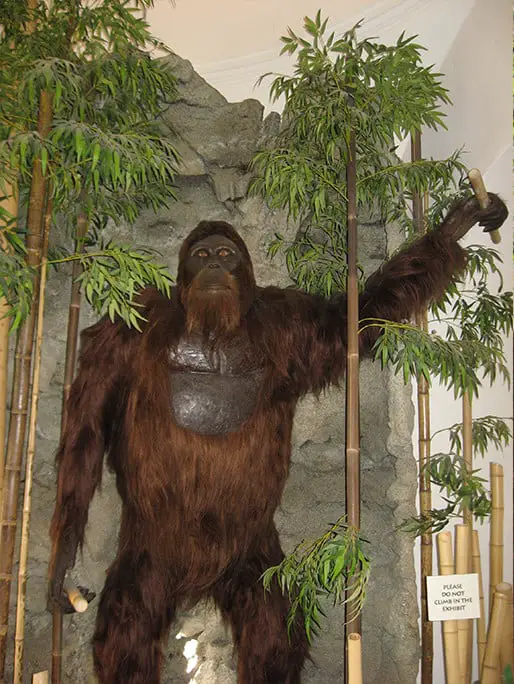
It’s certainly a giant leap forward in the abilities of genetic testing, as study co-author and Globe Institute Associate Professor Enrico Cappellini explained.
“By sequencing proteins retrieved from dental enamel about two million years old, we showed it is possible to confidently reconstruct the evolutionary relationships of animal species that went extinct too far away in time for their DNA to survive till now,” he said. “In this study, we can even conclude that the lineages of orangutan and Gigantopithecus split up about 12 million years ago.”
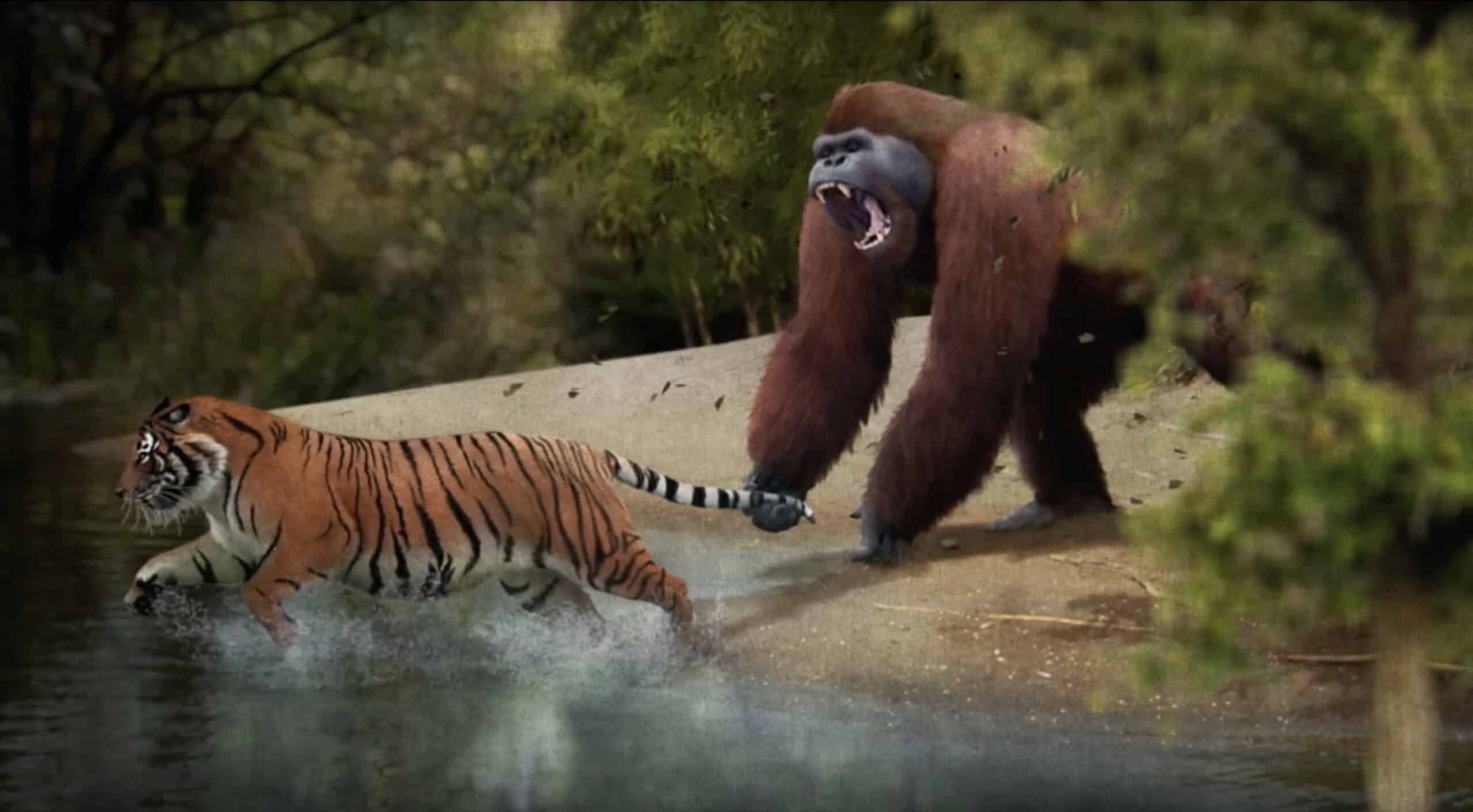
“Previous attempts to understand which could be the living organism most similar to Gigantopithecus could only be based on the comparison of the shape of the fossils with skeletal reference material from living great apes,” Cappellini continued.
“Ancient DNA analysis was not an option, because Gigantopithecus went extinct approximately 300,000 years ago, and in the geographic area Gigantopithecus occupied no DNA older than approximately 10,000 years has been retrieved so far. Accordingly, we decided to sequence dental enamel proteins to reconstruct its evolutionary relation with living great apes, and we found that orangutan is Gigantopithecus’ closest living relative.”
And so, if we were to ever find remains of a great ape somewhere in the Pacific Northwest, scientists could use DNA testing to see if it is a Gigantopithecus or related, assuming the DNA survived the harsh climate. If Gigantopithecus did migrate to North America, it would lend some credibility to Bigfoot believers everywhere. But right now, Gigantopithecus remains are even more elusive here than the Bigfoot itself.
More about Gigantopithecus and the strange discovery of a tooth in a Hong Kong drug store from PBS Eons
Featured Image: Gigantopithecus, Museum of Man, San Diego by Lindsay Holmwood via Flickr (CC BY 2.0)

